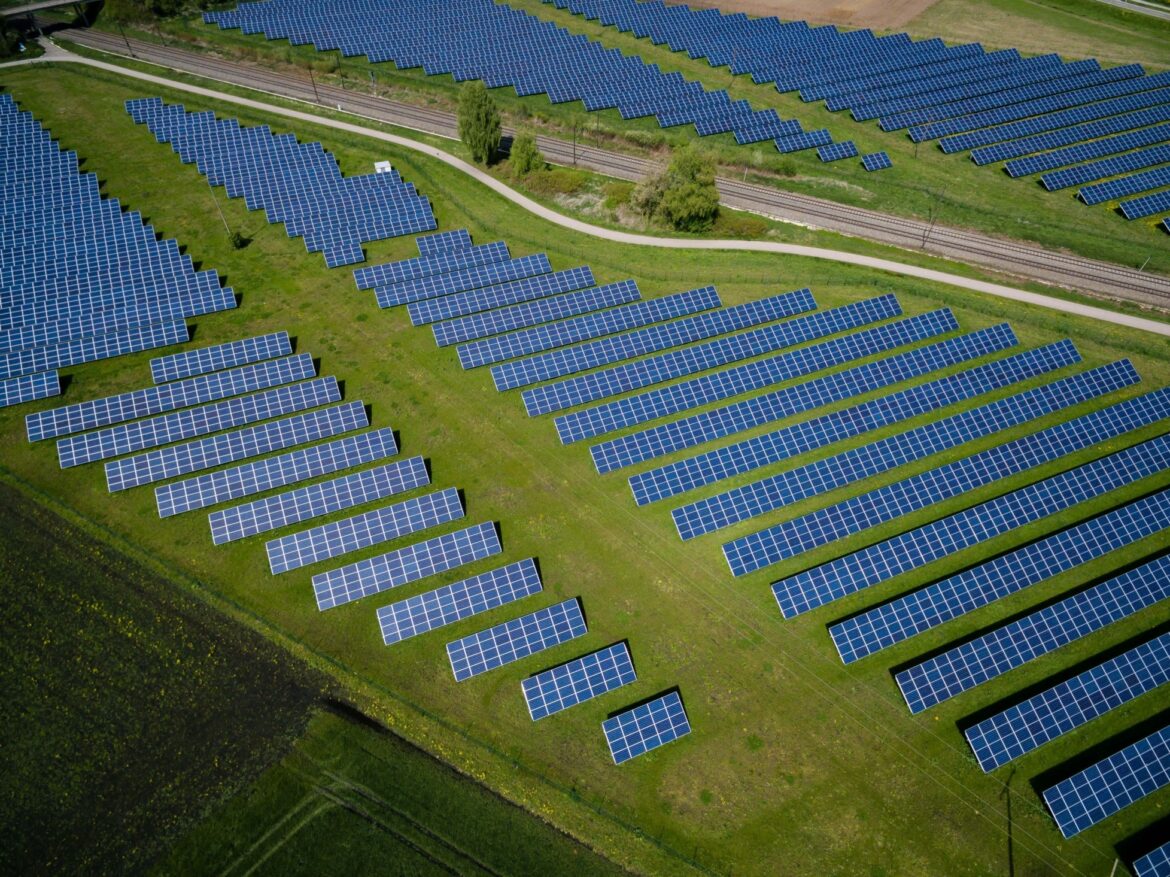Despite growth in clean energy, global energy emissions reached a record high in 2023, according to the IEA.
The IEA’s analysis published Friday found that emissions increased by 410 million tonnes in 2023, taking the total to 37.4 billion tonnes.
This means that 2023 holds two deeply troubling titles: one for the hottest year and the other for the highest CO2 emissions.
ESG Mena takes a look at the findings.
Record-high energy-related emissions
The Paris-based watchdog warned last week that “far from falling rapidly,” energy-related emissions rose to record highs last year, a sobering revelation considering that emissions need to be cut by 45 per cent by 2030 to limit global warming.
This latest update also echoes grim news from last year, which found that global efforts to limit warming to 1.5°C are “failing across the board.”
Indeed, the State of Climate Action report highlighted that coal needs to be phased out of electricity generation “seven times faster than recent rates.”
Yet, the IEA’s recent analysis found that coal accounted for more than 65 per cent of the increase in energy-related emissions last year.
Climate change is also inhibiting our ability to generate renewable energy, the analysis found.
Last year, extreme droughts in a number of economies resulted in an “exceptional shortfall” in hydropower, leading to a record decline in global generation.
This resulted in many turning to fossil fuel alternatives, which accounted for 40 per cent of the overall rise in emissions.
Without this drop-off, it was shared, 170 million Mt CO2 from fossil fuel-based power plants would have been avoided.
In India, for example, emissions were up by 190 million tonnes, a product of strong GDP growth and weather changes, which cut hydro production and increased electricity demand.
Likewise, in China, emissions shot up around 565 million tonnes in 2023, with a lack of hydropower output and the reopening of the economy to blame.
Clean energy on the rise
However, while the analysis indicates that we’re heading in the wrong direction, the data also shows that in 2023, emissions grew more slowly than global economic activity.
In fact, the last ten years have seen an average growth of 0.5%, which the analysis said shows that global CO2 emissions are undergoing a “structural slowdown,” even as global prosperity grows.
The analysis credits clean energy as driving this slowdown, which it said is growing rapidly.
From 2019 to 2023, for example, investment increased nearly 50 per cent, reaching USD 1.8 trillion in 2023 and growing at around 10 per cent per year across this period.
Here, the IEA spotlighted the deployment of solar PV, wind power, nuclear power, electric cars, and heat pumps from 2019 to 2023 as helping to avoid around 2.2 billion tonnes (Gt) of emissions annually.
Further, their absence would have resulted in emissions being more than three times higher.
Another positive is that since 2019, clean energy growth has outpaced growth in fossil fuels by a ratio of two-to-one.
Clean energy deployment concentrated in China & advanced economies
This uptick in clean energy growth has, however, been concentrated in China, something which lies in stark contrast to the fact that the country was responsible for the largest rise in emissions globally in 2023.
Indeed, while last year saw solar PV and wind grow 85 per cent and 60 per cent, respectively, China accounted for the majority of both.
Clean energy also contributed a record 11.4tn yuan ($1.6tn) to China’s economy in 2023, making it the largest driver of growth.
China took the lead in electric car sales, too. While EV sales grew by 35 per cent globally, China’s share was more than double that in advanced economies. This translated into one in three cars sold being electric and one in four in the EU.
Interestingly, the IEA also found that emissions in advanced economies saw a record decline, falling by 4.5%.
This means that in 2023, emissions in these economies were lower than in 1973, representing the largest percentage drop in advanced economy emissions outside of a recessionary period.
Coal, similarly, is back to its 1900 level, with electricity generation from renewables and nuclear reaching 50 per cent of total generation for the first time.
Commenting on the findings from the 2023 analysis, IEA Executive Director Fatih Birol said: “The clean energy transition has undergone a series of stress tests in the last five years – and it has demonstrated its resilience.”
Here, he highlighted the global pandemic, the energy crisis and geopolitical instability, which he said all had the potential to derail efforts to build cleaner and more secure energy systems.
“Instead, we’ve seen the opposite in many economies. The clean energy transition is continuing apace and reining in emissions – even with global energy demand growing more strongly in 2023 than in 2022. The commitments made by nearly 200 countries at COP28 in Dubai in December show what the world needs to do to put emissions on a downward trajectory,” said Birol.
However, noting the disproportionate growth of renewables in certain economies, Birol highlighted the need to level the playing field: “Most importantly, we need far greater efforts to enable emerging and developing economies to ramp up clean energy investment.”
By Madaline Dunn, Lead Journalist, ESG Mena




